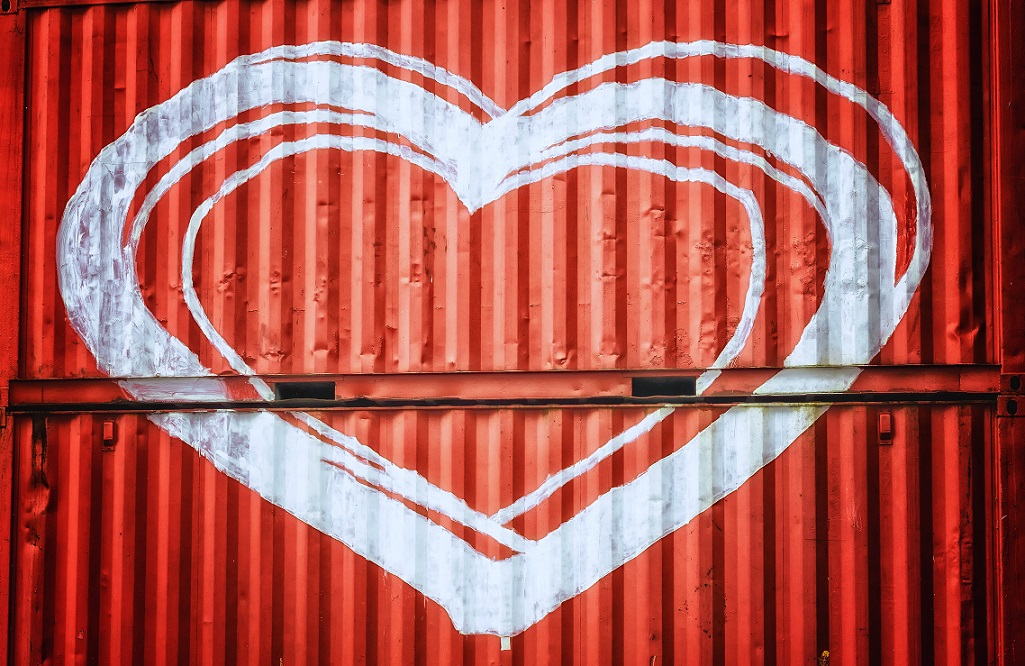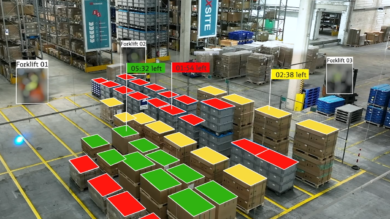Are you sending flowers this February 14? Logistics service providers have been preparing for weeks to transport flowers for Valentine’s Day, so your chosen one can receive the best roses possible. The experts can be trusted when it comes to cold chain logistics for perishables; After all, transporting 9,000 tons of roses from Kenya around the world while ensuring high quality is no easy task. In the US, the Customs and Border Patrol has already inspected more than 1 billion cut stems transiting through the nation’s busiest ports.
The power of flowers – Valentine’s Day consumer statistics
In the US, for example, Valentine’s Day is already the second-largest shopping event after Black Friday. Statistics from Contact Pigeon show high demand for logistics service providers, with 62 percent of men globally expected to buy gifts for their Valentine. Spain leads the average spend per country at 112 GBP, followed by the US (110 GBP), and France and Italy (both 108 GBP). The top three gifts to receive are candy (55 percent), followed by flowers (36 percent), and a date night (35 percent). With date nights are not possible in many countries due to COVID-19 lockdowns and closures, the demand for candy and flowers could increase further in 2021.
This time of year is peak season for the floriculture sector, with flowers transported around the globe for Valentine’s Day. Last year, the top three countries of origin for fresh-cut flowers transported to the US were Colombia, Ecuador and the Netherlands. At the same time, roses from Kenya are transported into European markets, the Middle East, China and post-Soviet states.

Transporting flowers for Valentine’s Day – preparing the cold chain
To meet worldwide demand, the floriculture industry in Kenya, for example, cuts back production to ensure maximum yields per hectare from January 28 to February 10. Logistics service providers such as DB Schenker have experienced increased yields of 25-30 percent extra stems – a total of 9,000 tons of roses – compared to normal production. Transporting fresh cut flowers for Valentine’s Day is a challenge due to multiple connections in the cold chain.
“As every year, we are well prepared to meet the demand for flower transports from Kenya to multiple destinations – our cold chain and air freight experts are working hand-in-hand! It takes careful planning and more than love in the air to assure that the flowers arrive at the stores on time and in the right condition.”
Cooling down for flowers to heat up the love
In order to ensure that the flowers are fresh when they arrive on the doorstep on Valentine’s Day, producers and logistic service providers must perfectly manage the cold chain. Roses with drooping flower heads just won’t have the same effect!
In Kenya, the roses are harvested in the late evening or early morning and placed into cold chain facilities directly on the farms. In the facilities, the roses are cooled down from a temperature of 25-28⁰C to a temperature of just 3⁰C. Once that temperature is reached, the roses are moved into grading and packaging before re-entering the cold chain. The roses leave the farm in two shifts – either in the late evening or early morning – and are transported to Jomo Kenyatta International Airport. Within the same day, the shipment arrives in Amsterdam, the Netherlands, or Brussels, Belgium. An unbroken cold chain for perishables such as roses is key to ensure product quality on arrival.

Within 60 to 72 hours of cutting the stem, the roses should be ready to sell in flower shops. To achieve the market standard of seven days vase life, it is vital to maintain a robust cold chain.
So, this Valentine’s Day, sit back and let the logistics service providers do all the hard transportation work.
Published: February 2021










